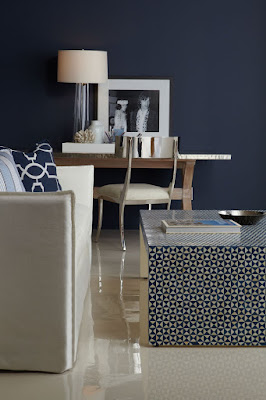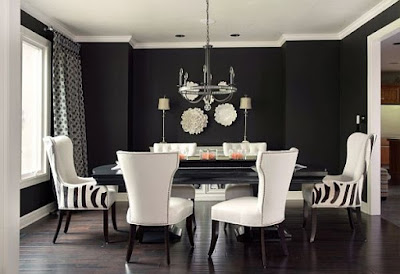I don’t know about you, but around this time of year my decor starts to look a little like I feel after a long, cold winter. Tired and worse for wear. I had the urge to bring some spring to my house; I tried, I really did, but mother nature had other ideas.
I had visions of something like this for my front containers with a bit of fake thrown in until the real thing is possible – that means late June here.
 |
| Source |
I bought pussy willows and some short, purple flowers to add to the greenery that is there. Unfortunately the current items from Christmas are still frozen solid. I have what survived the raging winds and snow of winter ….

I guess it will be red dogwood, Spanish Broom and pine for a little longer! The berries are long gone.
Then I thought what about a new wreath to hang over the containers. I wracked my brains. Do you know a spring motif that would look great with Christmas planters? I couldn’t come up with one thing apart from twigs. That wouldn’t help my craving for colour.
My only recourse was to take in my Christmas wreath in an effort to remove a little more evidence that I am not with it.
 |
| cc960 french violet Benjamin Moore |
Then I tried to convince myself that my Benjamin Moore cc960 french violet door was my spring statement! Feeble. But hold on a moment.
Would this convince you? “… evoking thoughts of strolling along the Seine with an armful of violet bouquets” according to the Benjamin Moore site. That’s close, I chose it because of my memories of the lavender fields in France. My granddaughters have noticed that I love purple, at times it is a little too obvious!


this little beauty my sister made for a bench in my front porch. Don’t you just love the decorative tucks that make a pattern? My sister is a class act when it comes to sewing and decorating. When I got rid of the nasty red accent pillows I thought I wanted last spring, I knew my accent would return to purple and I would have to elevate this pillow to sofa status. Bye, bye porch bench.

If you look up you can see where the idea for purple came from. So spring has hit my house in the form of pillows. I admit that isn’t too overwhelming.
Where does that leave me?
Still thinking about the dining room table. Still thinking….. Hum….
The post Is it spring yet? appeared first on Decor Pur.



















.JPG)

.JPG)























